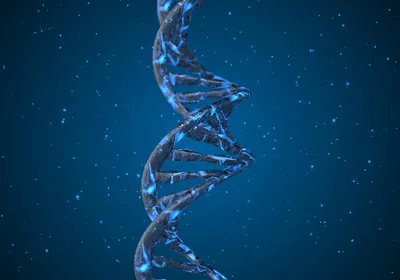Above: © Kotryna Zukauskaite
Cecilia Barron feels for one of the two bumps on her scalp. “Here it is,” she says, gently touching a spot on the top of her head. It’s invisible, unless Barron parts her hair to reveal the little nodule, a lump of flesh no bigger than a pea. In an hour, a nurse will come into the room, feel for the bumps, and slide a needle into each one, plunging millions of cells into Barron’s head.
The upcoming procedure is making 46-year-old Barron a little nervous as she and her son wait in a room at the City of Hope cancer research center and hospital outside of Los Angeles. She gets a numbing cream on her scalp and starts to relax, cracking jokes with one of the nurses about 1990s hairdos and makeup. Barron lives in LA with her husband and kids and is a cake ...






















